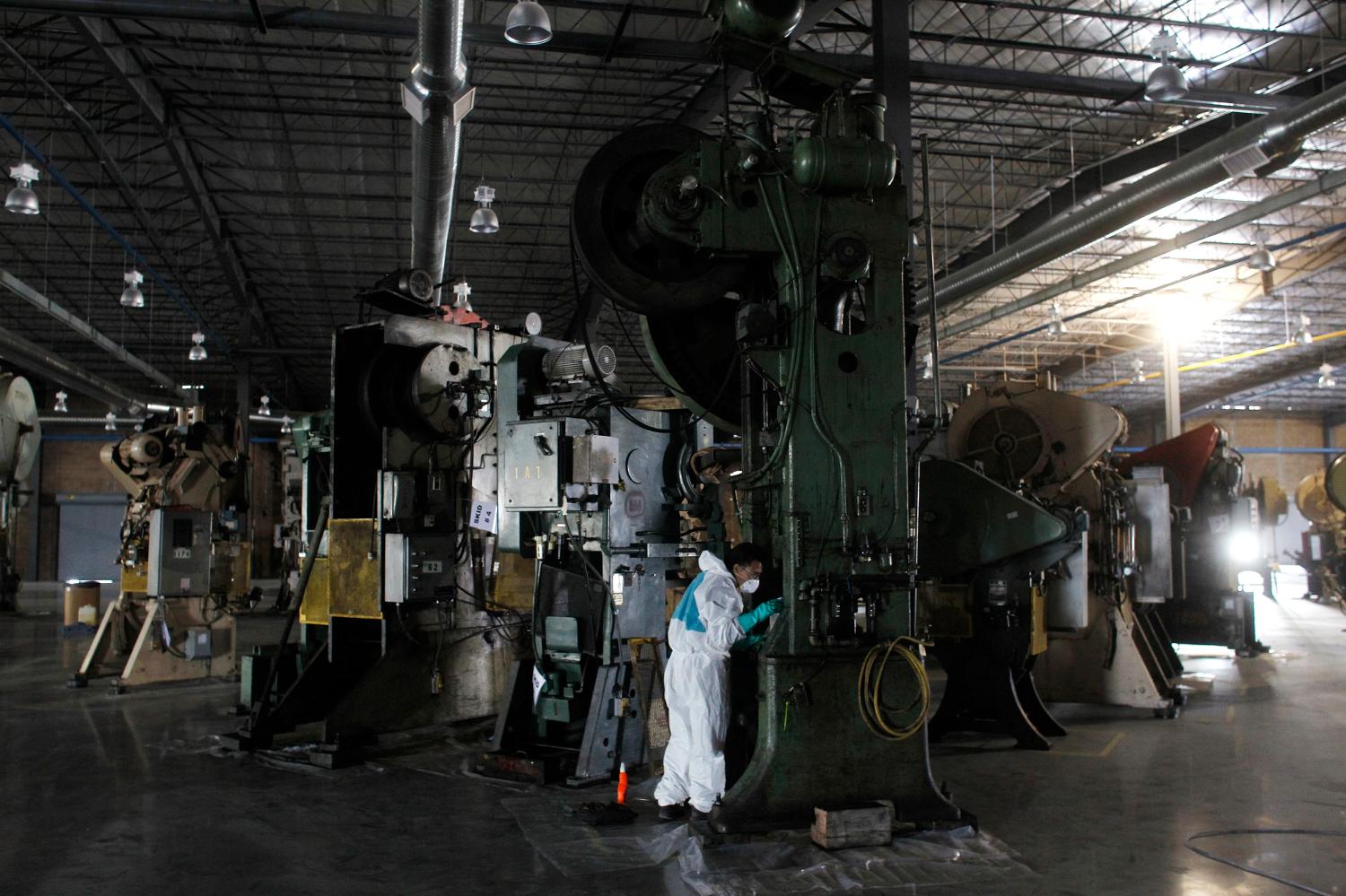Executive Summary
Following a number of recent reports documenting a pervasive decline in the firm formation rate across a broad range of sectors and geographic regions in the United States during the last few decades, this report takes a first step at offering a partial explanation of contributing factors. To do this, we analyze variation in startup rates across the U.S. metropolitan areas during a three-decade period. Two prominent drivers of the cross-regional patterns stand out.
Slowing population growth in the West, Southwest, and Southeast regions since the early 1980s appears to be a major factor. Firm formation rates were highest in these regions in the late-1970s, when the data begin, and appear to be driven in no small part by expanding regional population growth in the preceding decade. When the rate of population growth in these regions began to decline, so did the rates of firm formation—declining most, on average, in these previously higher-growth regions.
The relationship between regional population growth and firm formation rates is remarkably strong, even after controlling for other factors—including unobserved time and regional effects (such as industrial and labor market composition, culture, and potentially, public policies).
A second major factor is business consolidation—a measure of economic activity occurring in businesses with more than one establishment. In previous research, we documented a pervasive increase in business consolidation across geographies and sectors during the last few decades. Here, we are able to link it with declines in firm formation—especially after including time and region fixed-effects. We concede that the relationship between this measure and firm formation is hardly settled—clearly, a number of unobserved factors could affect both simultaneously or causality could partially run in the other direction. Still, we are confident that this finding is robust, and encourage other researchers to build on our work here.
Some have raised the possible link between declining shares of the population in prime-entrepreneurship age (35 to 44 years) and falling firm formation rates, but our analysis of this relationship comes to more ambiguous conclusions. On the one hand, we find that this group is associated with increases in firm formation. But, on the other hand, changes in this measure don’t correlate with changes in the firm formation rate during the period of its observed decline. So, while an increase in this portion of the population might be a boost to startups in the future, we don’t believe it played a role in the recent decline.
We do not directly analyze the impact of public policies—such as regulation and taxes. Though these factors likely play some role, empirical and methodological limitations prevent us from including them here. Even so, we can explain a substantial portion of the decline and variation in the firm formation rate across metros without them.
Given the central role that new firms have played in the commercialization of transformative innovations that are responsible for rising living standards and job creation, we encourage others to continue this research where we have left off. Nonetheless, we believe our results make a good start at answering the central question raised by the startup trends we and others have documented: why?





